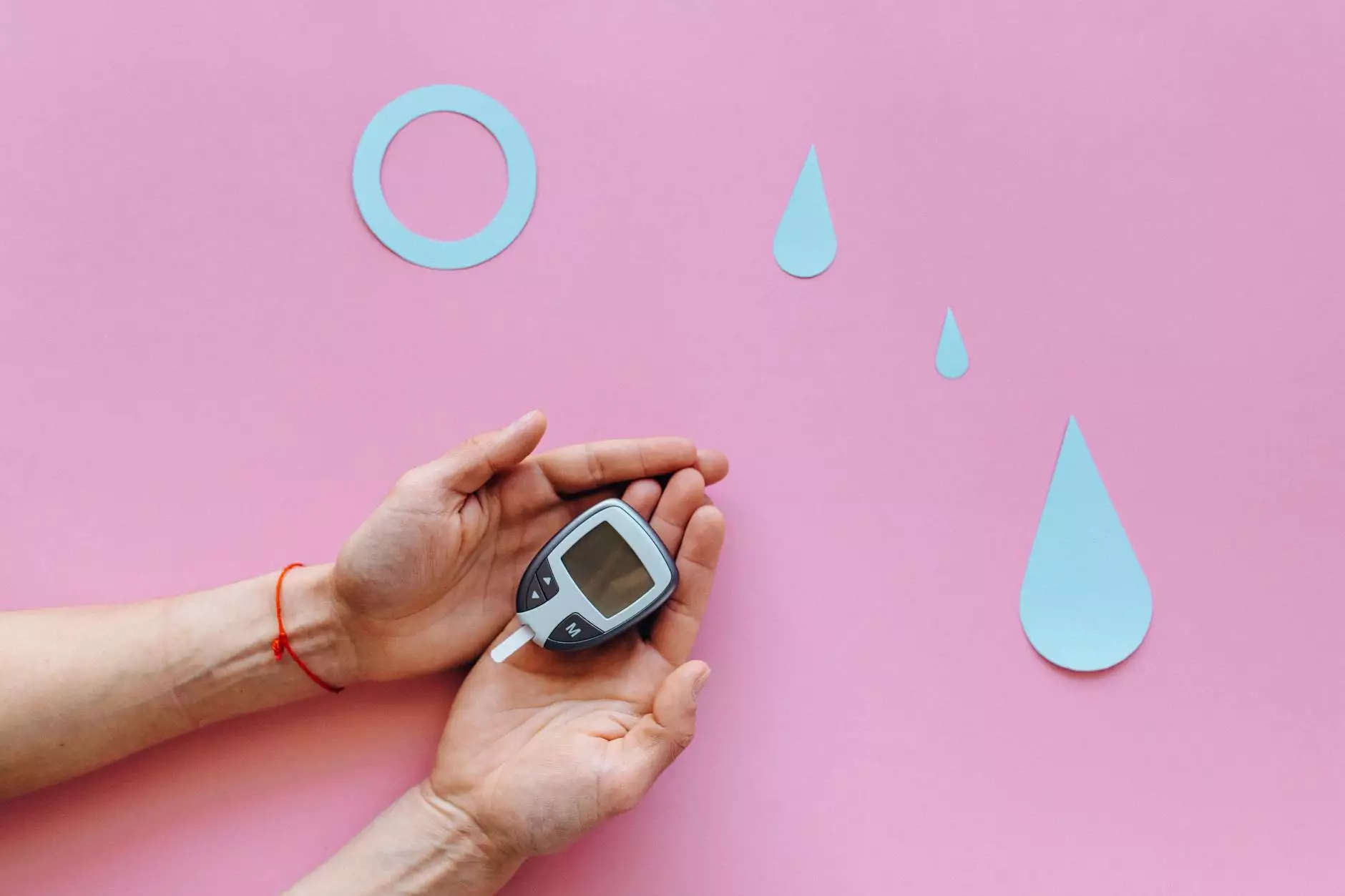Understanding Blood Clots in the Upper Leg

A blood clot in the upper leg is a serious medical condition that can have significant implications for your health. Understanding the causes, symptoms, and treatments available is crucial for effective management and prevention. In this article, we will delve into the various facets of blood clots, focusing specifically on those that occur in the upper leg region.
What is a Blood Clot?
A blood clot, also known as a thrombus, forms when blood cells, platelets, and fibrin come together to create a semi-solid mass. While blood clotting is a vital process that prevents excessive bleeding, inappropriate clotting can lead to serious health issues, including a condition known as deep vein thrombosis (DVT), which is notably prevalent in the upper leg.
Causes of Blood Clots in the Upper Leg
Understanding the factors that contribute to the formation of a blood clot in the upper leg is essential. Here are several common causes:
- Prolonged Immobility: Sitting for extended periods, such as long flights or car rides, can slow down blood flow and increase the risk of clots.
- Injury or Surgery: Trauma to the leg or recent surgical procedures can increase the likelihood of clot formation due to blood vessel damage.
- Medical Conditions: Certain conditions, such as cancer, heart disease, and genetic disorders like Factor V Leiden, heighten the risk of clotting.
- Hormonal Changes: Hormonal treatments, including medications for birth control or hormone replacement therapy, can influence blood coagulation.
- Obesity: Excess weight can contribute to increased pressure in the veins of the legs, leading to clot formation.
Recognizing the Symptoms
Identifying the symptoms of a blood clot in the upper leg can be lifesaving. Common symptoms include:
- Swelling: The affected leg may appear swollen compared to the other leg, particularly around the thigh and calf.
- Pain: There may be a persistent ache or cramp-like sensation in the leg, often starting in the calf.
- Red or Discolored Skin: The skin over the clot may become red or take on a bluish tint.
- Warmth: The area around the clot may feel warmer to the touch compared to the surrounding skin.
- Dilation of Surface Veins: Veins near the surface of the skin may become more visible and enlarged.
It is important to note that not all individuals experience noticeable symptoms. If you suspect a blood clot, seeking immediate medical attention is critical, as untreated clots can lead to severe complications.
Complications of Blood Clots
If left untreated, a blood clot in the upper leg can lead to serious complications:
- Pulmonary Embolism: This occurs when a clot breaks loose and travels to the lungs, potentially causing respiratory distress or even death.
- Post-Thrombotic Syndrome: A condition characterized by chronic pain, swelling, and redness in the affected leg post-DVT.
Diagnosis of Blood Clots
Diagnosing a blood clot in the upper leg typically involves a combination of the following:
- Medical History: A thorough review of the patient’s medical history and symptoms.
- Physical Examination: A healthcare provider will perform a physical exam to assess swelling and tenderness in the legs.
- Ultrasound: This imaging test uses sound waves to visualize the blood flow in the veins of the legs and detect any clots.
- D-dimer Test: A blood test that measures the presence of a substance that is released when a blood clot breaks up; elevated levels may suggest clot formation.
Treatment Options
When diagnosed with a blood clot in the upper leg, various treatment options are available. The goals of treatment are to prevent the clot from growing larger and to reduce the risk of complications.
Medications
Some of the primary medications used to treat blood clots include:
- Anticoagulants: Commonly known as blood thinners, these medications prevent further clotting. Examples include warfarin, heparin, and direct oral anticoagulants (DOACs).
- Thrombolytics: In some cases, doctors may use these strong medications to dissolve clots quickly, especially in life-threatening situations.
Compression Stockings
Wearing compression stockings can help improve blood flow in the legs and reduce swelling, which can be beneficial during recovery.
Procedures
In more severe cases, medical procedures may be necessary:
- Catheter-directed Thrombolysis: A catheter is used to deliver thrombolytic drugs directly to the clot.
- Inferior Vena Cava (IVC) Filter: This small device is inserted into the IVC to catch any clots before they can travel to the lungs.
Preventing Blood Clots in the Upper Leg
Prevention is key, especially for individuals at higher risk. Here are some effective strategies:
- Stay Active: Regular exercise can promote better circulation. Aim for at least 30 minutes of physical activity most days.
- Avoid Prolonged Immobility: If sitting for long periods, take breaks to stand and stretch.
- Maintain a Healthy Weight: Keeping a healthy weight can reduce excessive pressure on your legs.
- Stay Hydrated: Proper hydration helps maintain blood flow and prevent clotting.
- Follow Medical Advice: If prescribed anticoagulants or other medications, take them as directed by your healthcare provider.
When to Seek Medical Help
It is crucial to seek medical attention if you experience symptoms that may indicate a blood clot in the upper leg. This is especially important if the symptoms are sudden or severe. Early diagnosis and treatment are essential to prevent severe complications like pulmonary embolism.
Your Health is Our Priority
At Truffles Vein Specialists, we are committed to providing comprehensive care for patients experiencing vascular issues, including blood clots. Our team of experienced doctors specializes in vascular medicine and is dedicated to understanding your unique health needs. From diagnosis to treatment and follow-up care, we aim to ensure optimal outcomes for every patient.
For further information and support regarding blood clots in the upper leg, feel free to reach out to our expert team. We are here to help you navigate your journey towards better vascular health.
Conclusion
A blood clot in the upper leg is a serious condition that requires immediate attention. By understanding the causes, symptoms, and treatment options available, you are better equipped to make informed decisions about your health. Remember, early intervention is critical in managing this condition and avoiding complications. Stay informed, stay healthy, and do not hesitate to seek expert help when needed.
blood clot in upper leg








